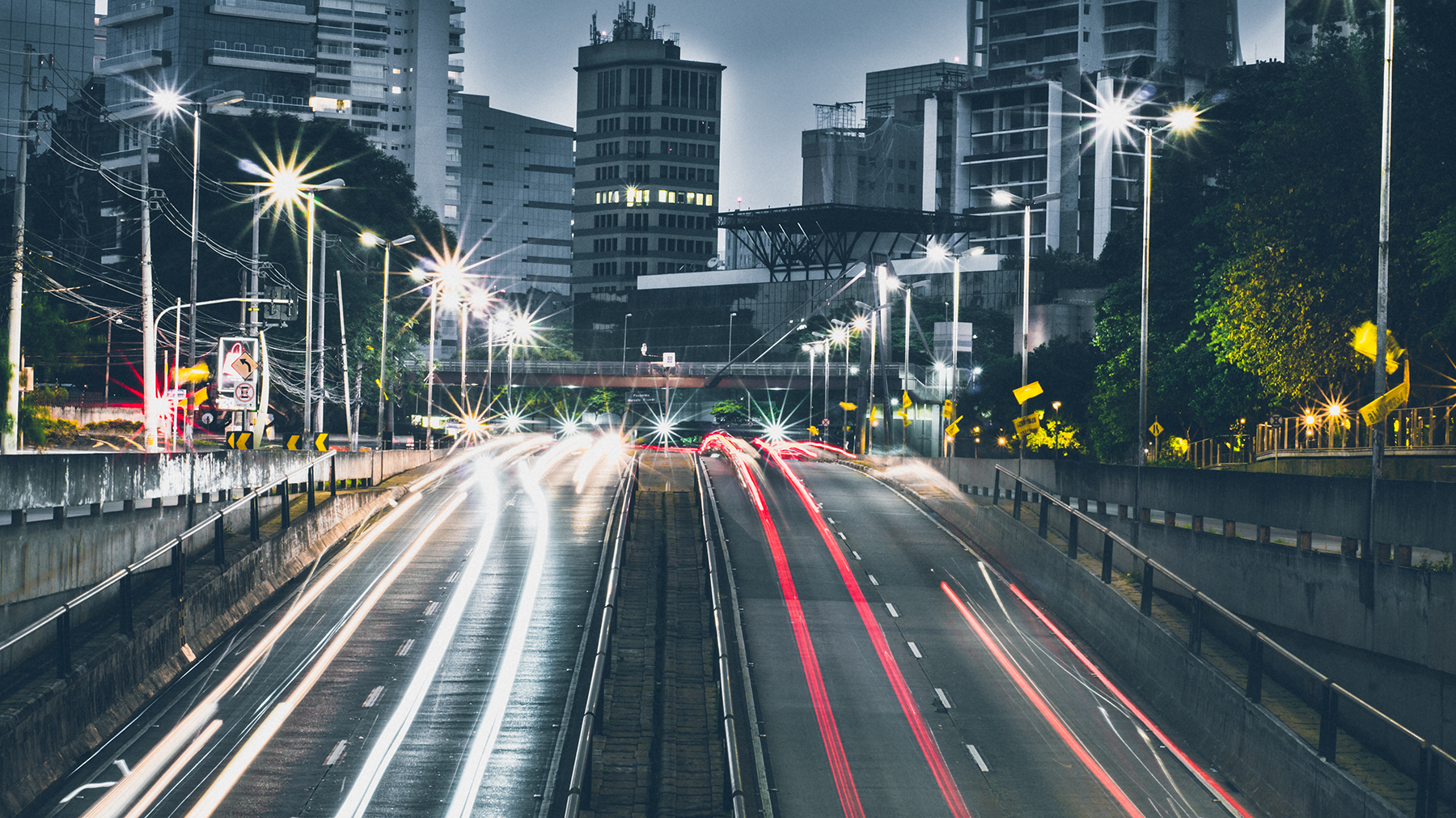If you are an EV owner, or would like to be, you have a lot to look forward to in the $2 trillion Biden infrastructure plan, including purchasing subsidies and a host of new charging stations.
But you may want to pull over and find the TV nearest you. Cause a rumble in the jungle – aka Congress – is fixin’ to happen, and you won’t want to miss it. To pay for these goodies, Biden seeks to reverse two trends: the growing share of multinationals’ income channeled through tax havens and the declining collections of corporate tax as a share of GDP. And the howls from D.C. and corporate America are already deafening.
In total the American Jobs Plan – which aims to decarbonize the economy by 2050 and to make electricity carbon-free by 2035 – would cost more than $2 trillion over eight years. Half the cash is devoted to matters like fixing roads and bridges, establishing broadband, and removing lead pipes that carry water. The $1 trillion or so of climate-specific spending is roughly half the size of the clean-energy plan Biden released during his campaign, but if passed would nonetheless be the most far-reaching climate bill ever enacted.
And here’s the kicker for the EV sector: the plan proposes $174 billion in spending on electric vehicles, to subsidize production and sales as well as to establish a network of 500,000 charging stations across the country by 2030, six times the current number in the US. To further decarbonize the transportation sector, the plan also invests $156 billion to modernize public transport and rail networks, ideally making alternatives to driving more attractive.
An altogether serious chunk of change, which is why skeptics of the plan point to the funding mechanism.
Unlike his $1.9 trillion covid-19 relief bill, which was almost entirely deficit-financed, Biden would like his $2 trillion infrastructure plan to be paid for with taxes. To do so, the proposal aims to reverse two trends, according to reporting by the Economist earlier this month.
The first is the declining collections of corporate tax as a share of GDP, which is just 1% now compared with 2% before the Trump tax cuts, and well below the 3% average of other rich countries.
Trump slashed the corporate tax from 35% to 21%; now Biden would like to split the difference, raising the rate to 28%. But this would only yield about $900 billion of the $2 trillion total, according to calculations by the Penn Wharton Budget Model.
A bigger chunk would come from reversing a second trend, the growing U.S. profits held overseas and channeled through tax havens, now 60% of foreign earnings compared with 30% in 2000.
The tax rate on global intangible low-taxed income (GILTI) would be doubled from 10.5% to 21% and the tax would be assessed on a country-by-country basis rather than in aggregate. It would also eliminate the deduction for overseas income earned from American-based intangible assets like intellectual property. Combined, the Penn Wharton model estimates these changes would bring in $1 trillion in revenue over the coming decade, the period covered by the $2 trillion in spending.
But without comparable tax regimes in other countries, the cost of being an American-based multinational would go up considerably. This is why Janet Yellen, the Treasury Secretary, has begun pushing for a global minimum tax, currently proposed at a rate of 12.5%. The plan also promises to limit corporate “inversions,” which allow businesses to change nationality and avoid the taxman.
This is a bold opening move, and skeptics are right to warn that this bid will not pass through congress unscathed.
Senator Joe Manchin has already argued for a smaller corporate tax increase to 25%. And Rep. Kevin Brady of Texas, the top Republican on the House Ways and Means Committee, didn’t mince his words when he warned that the plan would sabotage the recovery. “President Biden is leading America in a race to the bottom of growth and productivity,” he said.
So the boxing bell just went off and it’s time to grab your seat. If you’re lucky, you’ll catch this fight in an EV with a TV.
Robert Fischer is a WiACES board member, President of GTiMA, a Technology and Policy Advisor to Mandli Communications, and an Associate Editor of the SAE International Journal of Connected and Autonomous Vehicles.



